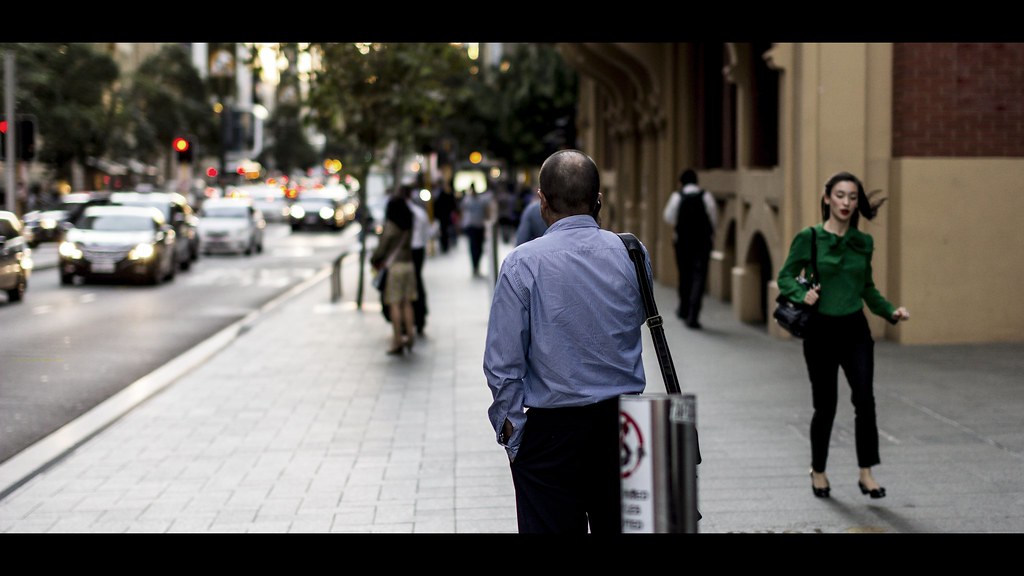While hair loss can adversely affect one’s self-esteem, there are solutions to your hair loss problem. One way to restore your crowning glory is hair transplant. According to a research in the U.S. National Library of Medicine, hair transplant is gaining ground in countries worldwide, including India. This is a procedure wherein donor hair or hair follicles on your scalp with normal hair growth are removed and then transplanted into your bald spots.
With such a life-changing decision, you need to know the pros and cons of hair restoration. Here are the facts about hair restoration to help you decide if you are considering a hair transplant.
COST
Hair restoration can be costly if you compare it with other hair loss treatment options.
This procedure may take four up to eight hours, depending on the amount of hair follicles to be transplanted. Moreover, this intricate surgery requires a team of highly-trained staff headed by a hair restoration doctor.
However, you can have a hair transplant at a more affordable rate.

Photo Courtesy of Rajarshi MITRA via Flickr, Creative Commons
Thanks to medical tourism, you can go to countries with affordable hair restoration clinics to get results for a lower price. Also, you will be able to save in the long run since this procedure is permanent and no-maintenance, unlike other hair loss treatment options.
SUITABILITY
Hair restoration is not for everyone.

Photo Courtesy of liz west via Flickr, Creative Commons
While hair restoration is a great option, ask your doctor if you are a good candidate for this procedure. An important factor here is your supply of donor hair — you should have enough of it to cover your bald spots. Another factor is your state of health as certain illnesses and medications may interfere with your desire to undergo hair restoration.
If you are a good candidate for hair restoration, you can then expect good results within realistic expectations.
It is understandable for everyone to aim for optimal results. After all, you do not only want to get the most value out of your money, but you also desire a fuller head of hair. However, you need to set your expectations. Discuss this thoroughly with your doctor so that you are on the same page regarding results.
RISKS AND SIDE EFFECTS
Hair restoration has risks and side effects that you need to weigh.
As with any other surgical procedure, hair restoration can bring side effects, especially if the procedure is not done correctly. These side effects can include bleeding, infection, inflammation, itching, numbness on the scalp, and so on.
You can minimize the risks posed by hair restoration if you choose a highly-qualified doctor.

Photo Courtesy of www.audio-luci-store.it via Flickr, Creative Commons
The doctor plays a significant role in the success of your hair transplant. Find highly-qualified doctors who abide by the standards set by reputable medical organizations such as the International Society of Hair Restoration Surgery. Once you have your shortlist, screen your prospects based on their qualifications and experience. Also, side effects are usually minor and can go away in weeks, especially if you follow your doctor’s post-surgery care instructions.
PAIN AND DISCOMFORT
Be prepared for slight discomfort and pain during and after your hair restoration surgery.
You will be awake during the entire procedure, though you will be administered with local anaesthesia. Once the anaesthesia wears off after the procedure, you may feel slight pain, tenderness or tightness on your scalp.
But know that the discomfort and pain are minimal.

Photo Courtesy of utpal. via Flickr, Creative Commons
The discomfort and pain will vary depending on your tolerance of pain and the sensitivity of your scalp, but it will be manageable. In any case, your doctor will recommend painkillers or antibiotics as needed.
SCARS
Hair restoration will leave scars on your scalp.
Scarring naturally happens because the surgeon will have to cut portions of your scalp to transplant your healthy hair follicles.
However, the scars should not be that visible.
This is especially true with technological innovations that will help your doctor stitch the suture very carefully.
RESULTS VS. EXPECTATIONS
Hair restoration will restore your hair growth naturally and permanently.
This is a natural procedure since the doctor will use your own hair to cover your bald spots, resulting in natural-looking hair growth. And since this is permanent, you will have no need for maintenance afterwards.
But you need to be patient to see the results.

Photo Courtesy of Daniel Lee via Flickr, Creative Commons
Knowing about the recovery stage will better prepare you. The recovery stage, as explained by NuHart Philippines, goes like this: After the procedure, the transplanted hair will shed for two to six weeks. This is normal as your hair follicles are still in a transition. Wait for three to six months after surgery for regrowth and 12 to 18 months to see full results.
These are things you need to know about hair restoration. Again, with such a life-changing procedure, it definitely pays to weigh all the pros and cons of hair restoration before you proceed.
John Anderson is a Commissioned Artist. He is particular in watching web and social media changes and uses. Follow him on Twitter @johnanderson090.
Post new comment
Please Register or Login to post new comment.